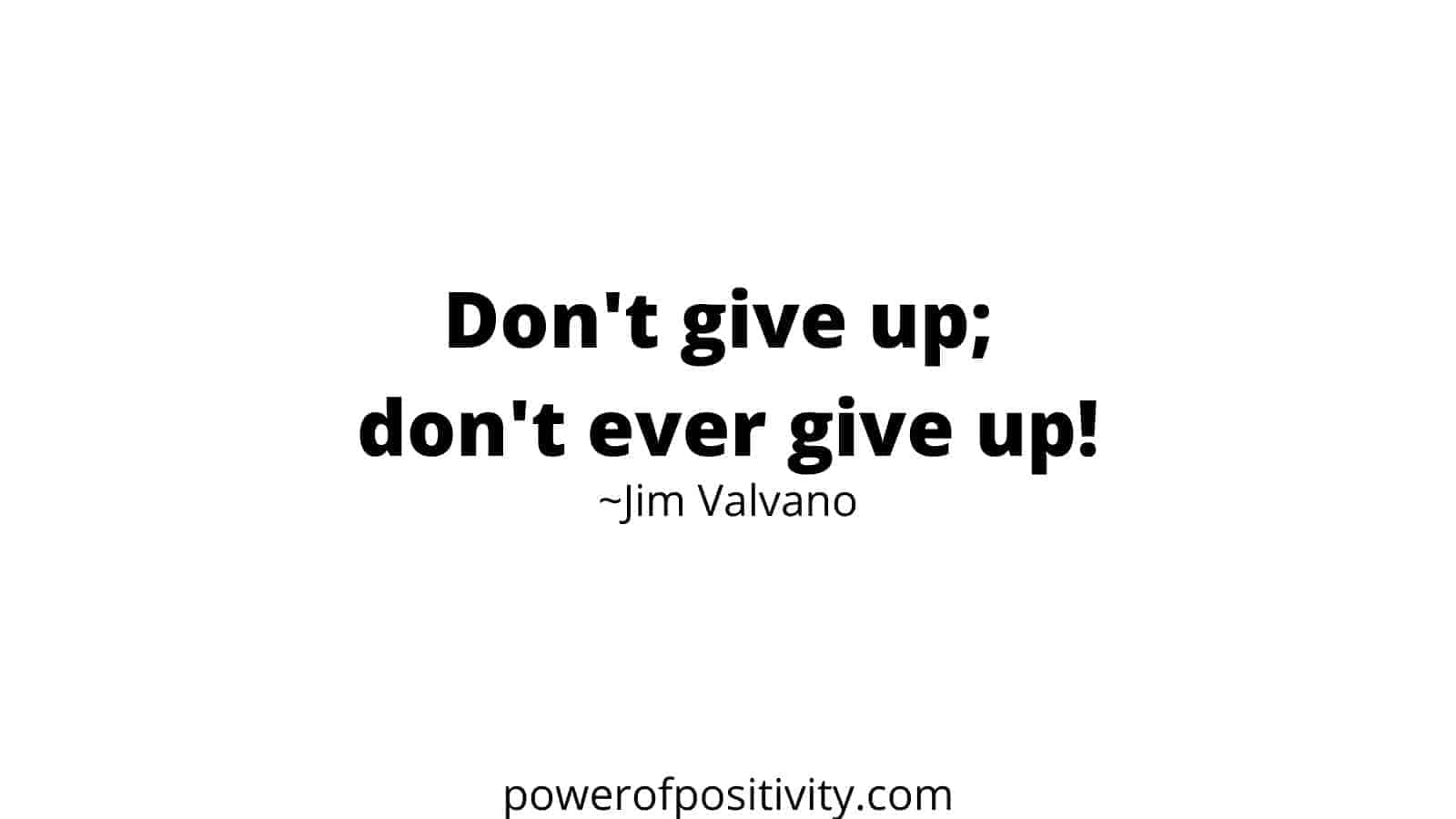Many people believe that the only signs of drinking too much alcohol are getting arrested or losing a job. However, there are many other signs you can look for to see if someone is consuming too much. Understanding alcohol use disorder (AUD), formerly known as alcoholism, can help you recognize the signs. Studies show that one in eight adults in America have AUD, and many don’t realize it.
However, you can look for alcohol use disorder in yourself and others to help you identify an issue.
Unfortunately, many people turn to drinking too much as a coping mechanism. Not everyone knows when they’ve gone too far or partake too often. Understanding when someone is drinking too much will help you recognize the signs in yourself and others.
How Much is Drinking Too Much
Experts say that drinking in moderation is different for men and women. Men can have up to two drinks daily, and women can have only one. Drinking more than these amounts is considered too much.
The differences between men and women are due to physiological differences. Women feel intoxicated quicker than men because their bodies contain less water, fatty tissue, and enzymes that break down foreign substances. However, it ultimately depends on an individual’s tolerance and metabolism.
Ten Signs Someone Is Drinking Too Much
The severity of AUD differs based on the number of symptoms over 12 months. A mild case of AUD means that two or three symptoms are present. If someone has four or five symptoms, it becomes a moderate case, with six or more severe symptoms.
1. They Drink Even When It Risks Safety
Everyone knows drinking and driving isn’t safe, but some do it anyway. Other activities are unsafe when drinking, too, including:
- Skiing
- Swimming
- Hiking
- Using machinery
- Operating a boat
If someone does any of these activities while under the influence, it indicates they are drinking too much. Research shows that excessive drinking causes 10% of deaths for people between 20 and 64 years old. Drinking at the expense of safety is common for those with AUD.
2. It Creates Problems at Work, School, or Home
If someone has unexplained issues at work, school, or home, they might have a problem. Drinking in excess can affect all areas of someone’s life.
Research shows that one in four college students miss classes or get behind on schoolwork because of their drinking habits. Regularly drink employees report frequent tardiness, careless mistakes, or missed deadlines. After a while, these issues can lead to disciplinary action.
Excessive drinking can create problems at home, too. Studies show increased debt for those who drink excessively because they spend money carelessly. They also forget about paying bills later on.
Also, drinking habits affect a person’s partner, kids, friends, and loved ones. Drinking too much forces others into the role of caregiver and leads to codependency. However, some people might react differently and walk away from the relationship.
Children who have a relative with AUD are also at an increased risk of emotional issues and thoughts of suicide. Plus, the children are four times more likely to develop AUD at some point in their lives, too.
3. It Takes Up Too Much Time, or They Drink More Than Intended
If someone spends every weekend morning recovering from a hangover, it’s a sign of overconsuming. Having headaches and nausea indicates someone is overdoing it. Additionally, if someone is too tired to do any necessary tasks, it shows they are spending too much time drinking. They might also spend lots of time visiting the liquor store.
Not only will they spend too much time on drinking and obtaining alcohol, but they might drink more than intended. The person might say they will only have one drink and go home but then order a second and third. Before they know it, midnight rolls around, and they’re still out drinking.
4. They Develop Anxiety and Depression
There are many causes of anxiety and depression, and drinking too much is one. Alcohol affects the central nervous system, causing mental health issues. If you notice a sudden change in someone’s mental health, look at their drinking habits.
Additionally, it’s not a good sign if anxiety and depression worsen because the person doesn’t have a drink. They might become angry or overreact to little things and have a negative mindset.
5. Changes in Appearance and Balance When Someone is Drinking too Much
When someone drinks too much, it can lead to malnutrition. It causes them to lose interest in eating healthy foods, which lacks nutrition. They can lose weight quickly and often get tired after doing simple tasks.
Additionally, the person’s skin might change severely. You might notice they have red palms, a flushed face, and spidery veins throughout the body. Due to liver inflammation, part of their skin might also turn pale yellow.
You might also notice that someone who drinks too many struggles with balance. They might be unable to walk and remain stable, and their physical coordination decreases.
6. They Keep Drinking Even When They Know It’s Affecting Their Wellbeing
When someone keeps drinking when they know it’s negatively affecting them, it indicates a problem. It can cause sleep problems, and affect how someone thinks, feels, and acts. Many people with AUD know these issues are happening in their lives, but they still don’t stop.
The longer it goes on, the more it negatively affects their life. They still keep excessively drinking, making it difficult to get much done or do things they enjoy.
7. They Crave It When They Aren’t Drinking
Many people have cravings, but not everyone craves alcohol. If someone craves a drink, it’s a sign that they depend on it a little too much.
They will likely have intense cravings when experiencing anxiety in a social situation. Heartbreak or sorrow are other sensations that might trigger cravings. The cravings occur because alcohol abuse releases endorphins, promoting temporary feelings of happiness and pleasure.
8. They Experience Withdrawal
Anxiety is a typical result of excessive drinking, but it can indicate withdrawal. Sometimes the anxiety might get to the point of shaking, sweating, and experiencing chills. The symptoms indicate withdrawal, typically within five to ten hours after having a drink.
When someone has AUD for a long time, and their intake is reduced, it’s hard on them. Some of the other symptoms of withdrawal include:
- Irritability
- Headaches
- Racing heart
- Tremors
- Insomnia
- Seizures
- Hallucinations
Eventually, the person will drink to prevent these terrible experiences rather than enjoy the beverage. They will no longer use it to have a good time or cope but to survive.
9. They Can’t Stick to Limits
When someone sets limits for themselves but can’t stick to them, it’s a sign of AUD. They struggle to stop drinking and end up getting drunk. When the issue becomes a consistent pattern, it’s a sure indication of AUD.
The person might promise their loved ones that they’ll cut back but fail to follow through. Or, they might promise themselves but struggle to stick to the plan. Someone without AUD will have no issue making a change for the better, so it’s a sure sign when someone struggles.
10. They Can’t Sleep and Often Lose Attention
Those who drink too much often have trouble sleeping. Part of the trouble comes from disruptions to their sleeping routine, which can also cause insomnia.
Heavy drinkers also have trouble paying attention to the world around them. One reason for the lack of awareness is that they didn’t get enough sleep. However, their inattention can also occur because they struggle with memory loss.
How to Stop Drinking Too Much
Helping a loved one or yourself stop drinking too much might sound like an intimidating experience. However, working toward recovery is possible. These tips can help you or your loved one get started:
- Make a list of reasons to stop.
- Set a limit on how much you will drink, and regularly decrease the limit.
- Keep a journal to track every time you drink.
- Sip slowly.
- Choose specific days of the week that you won’t have alcohol at all.
- Avoid peer pressure.
- Stay busy by taking a walk or doing something fun.
- Reach out to your support system.
- Identify your triggers and avoid the temptation.
- Talk with your doctor about how to quit – your body makes physiological changes when you consume alcohol daily. Thus, stopping can cause stress on your body.
Final Thoughts on Signs Someone Is Drinking Too Much Alcohol
When someone is drinking too much, you must address it as soon as possible. AUD can have long-lasting effects on both physical and mental health. Additionally, it affects professional and personal relationships and can take a toll on your life progress.
Don’t ignore the signs if you think you or someone you love overindulges in alcohol. The sooner it’s addressed, the easier it’ll be to overcome. Look for these signs and do whatever you can if you see a problem. Help is out there, and anyone can overcome AUD.












